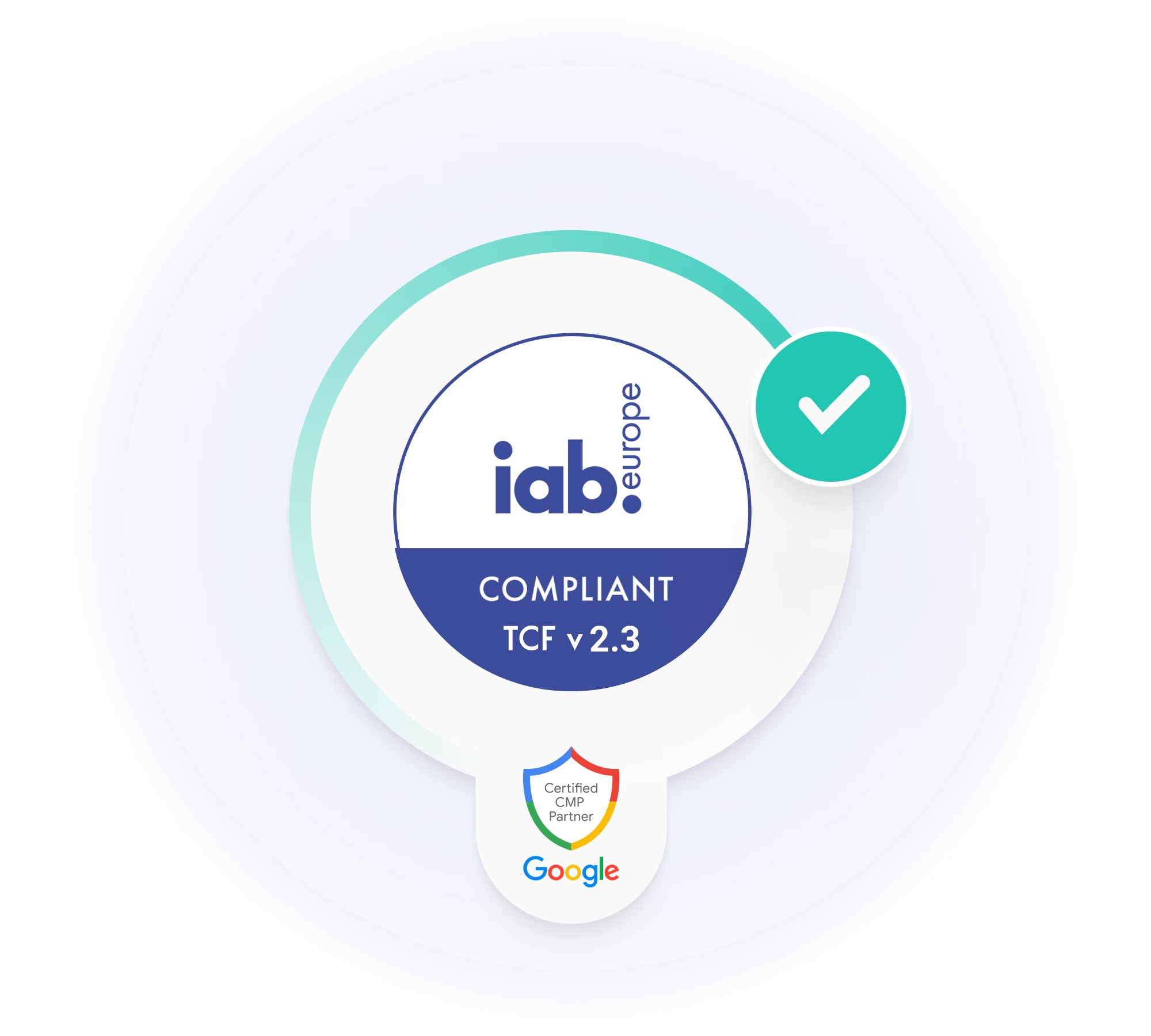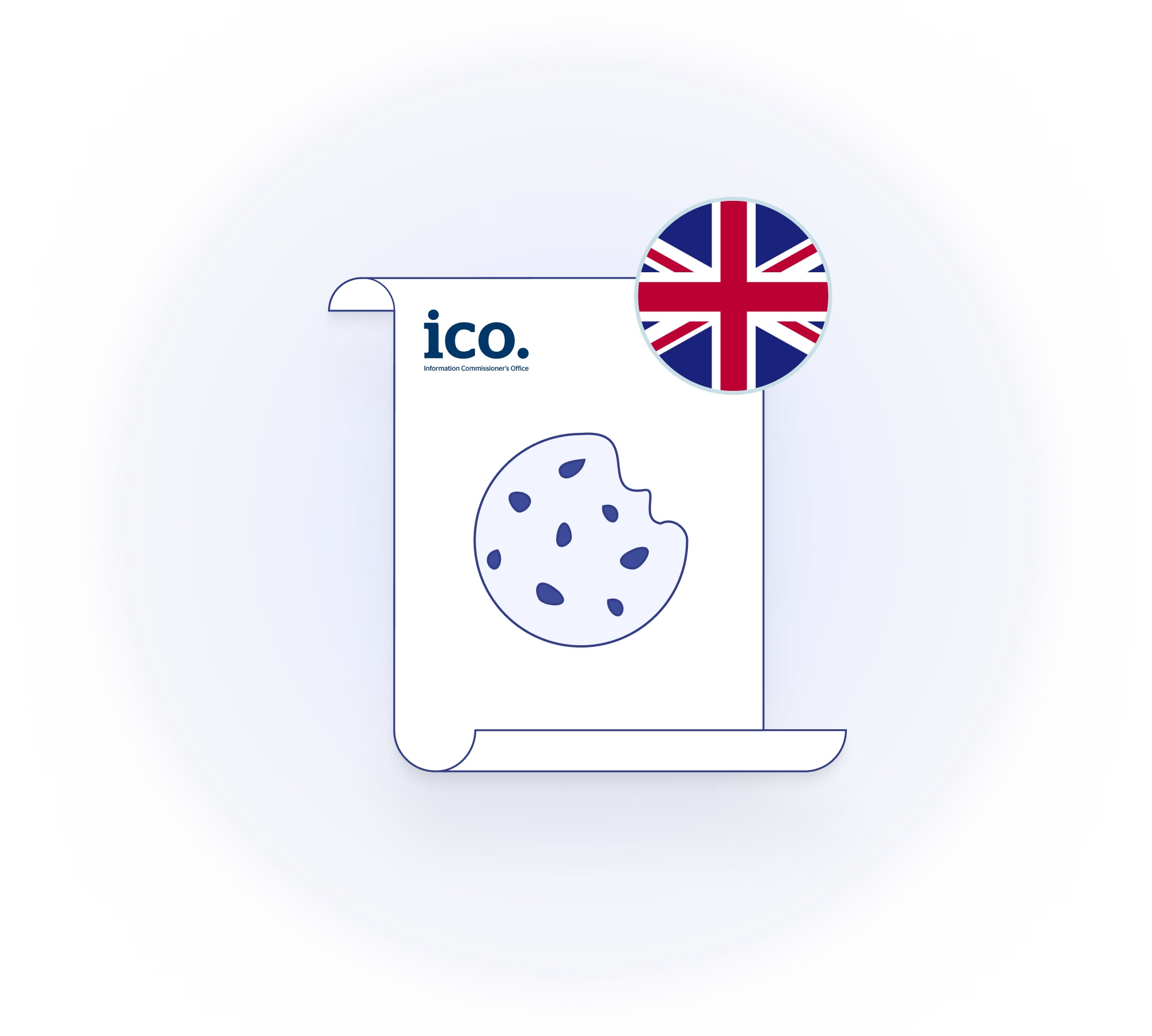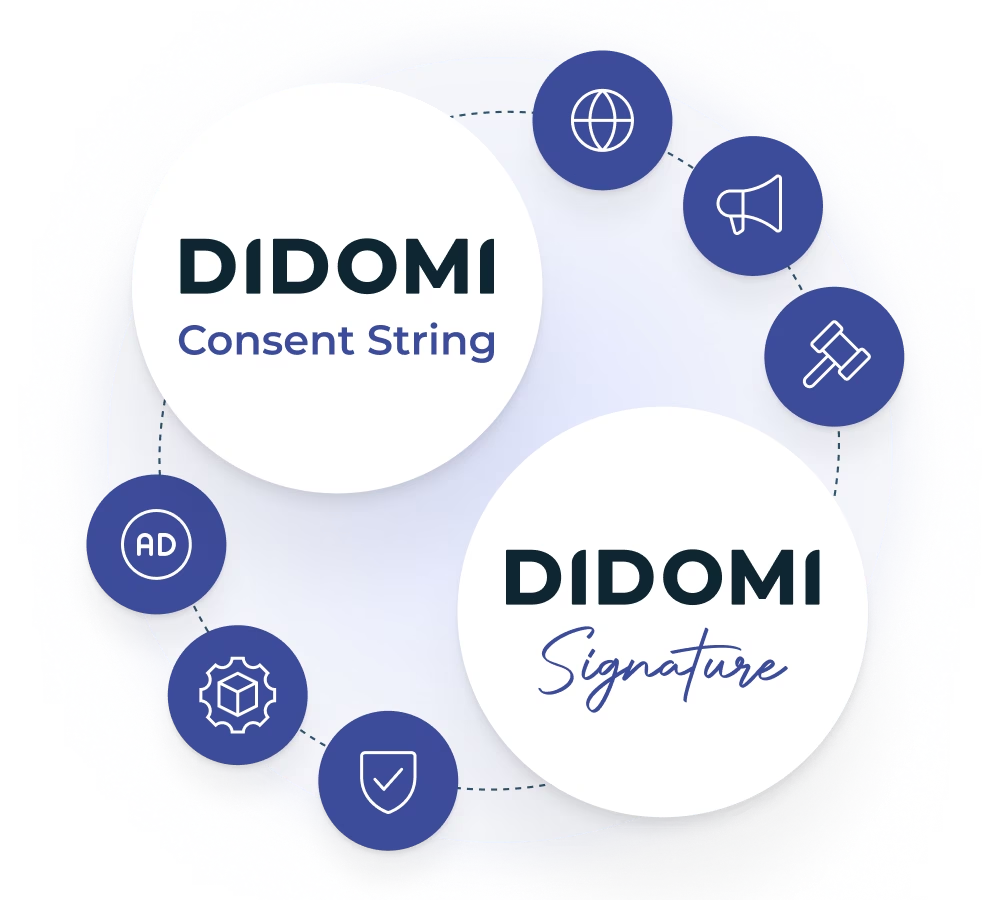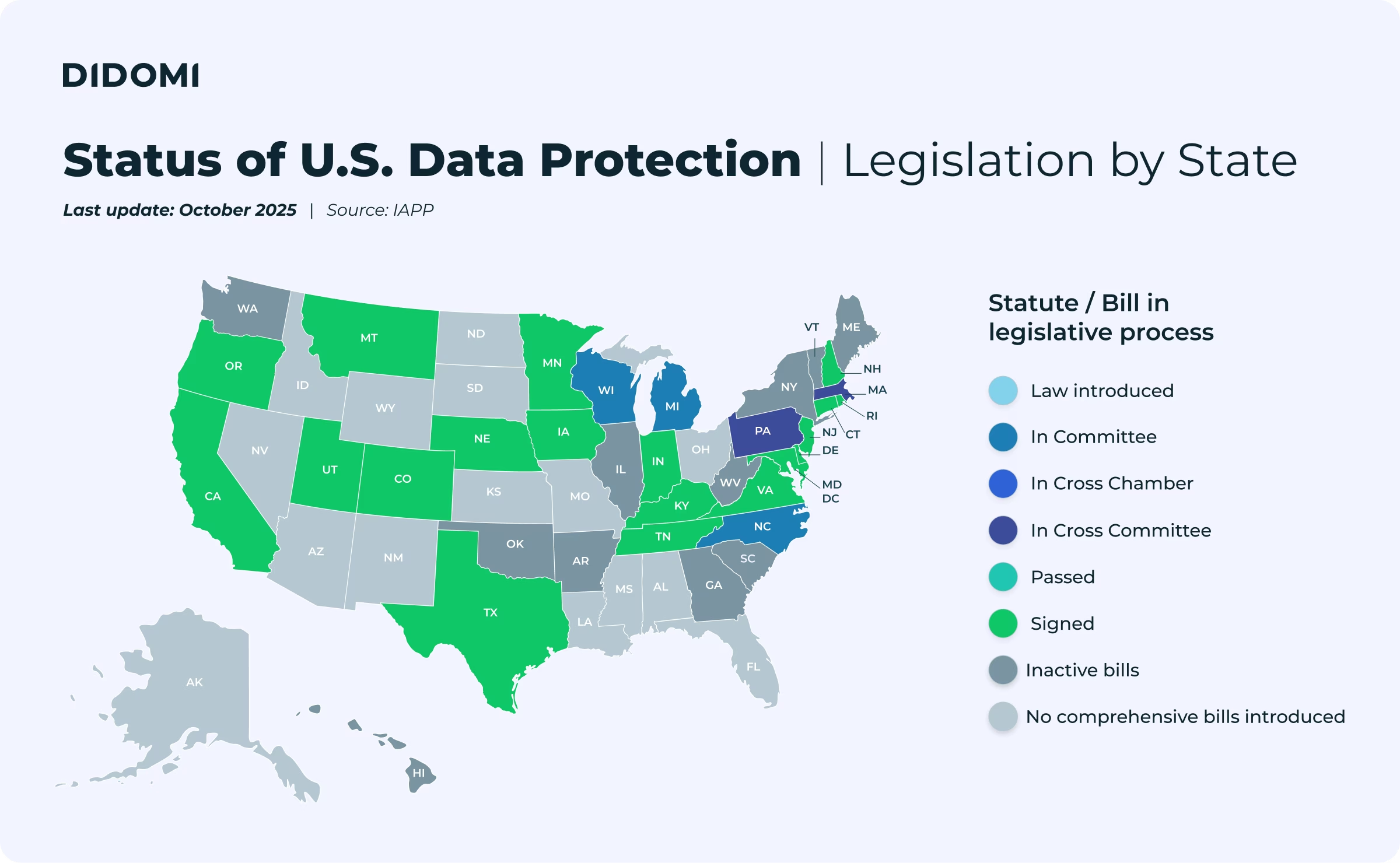What does it mean to set up a Preference Center, where your customers can choose their communication permissions (formats, frequencies, purposes...)? In a series of 4 blog posts, we explain how to do this.After phase 1 dedicated to the definition of objectives, and phase 2 dedicated to the preparation before going live, the third phase consists in deploying and communicating... internally and externally.
What is a Preference Center?
A Preference Center allows your prospects and customers to change their communication preferences at any time, be it in terms of frequency, channels or communication purposes. For such a tool to be used, it must of course be functionally flawless and your customers must be aware of it.
This third step is where it gets exciting and interesting: bringing your Preference Center online, and the communication that goes with this. This effort needs to be external, so that your customers are aware of their preference management choices, but also internal, so that the tool is understood and adopted by other departments in the company.
Remember, according to Gartner analysis, by the end of next year, 30% of B2C companies will have such a system in place to facilitate customer management of preferences and consents. But how should such a project be thought out and implemented?
Step 1: Define the objectives and scope of your Preference Center project
To find out how to define the objectives and scope of your Preference Center project, see our article on this subject here.
.png)
Step 2: Prepare for the launch of your Preference Center
To find out how to set up and prepare for the launch of your Preference Center, see our article published here.
%252520(1).png)
Step 3: Deploy your Preference Center on all your channels and communicate
So, you have convinced your management of the need to invest in this project, you have involved enthusiastic collaborators from the marketing, legal and IT departments, you have adapted the architecture of your Preference Center to your marketing objectives, connected all your tools to the Preference Center and tested the pre-prod version (uploading, acceptance, design, responsiveness, user authentication, data update following a change of preferences...)
This is the critical phase, which consists of deploying the tool on your marketing channels. As part of this deployment, you will need to:
- Put the Preference Center online on your domain: (at Didomi we chose preferences.didomi.io, but our clients also have privacy.paris-turf-live.com or privacy.pierreetvacances.com)
- Link this page to all relevant touchpoints in your omnichannel strategy: such as web forms, email footers, website footers, mobile application navigation menus...
- Communicate about the implementation of the Preference Center to your customers: so that they are aware of the choices offered to them and can change their preferences at any time.
For the third point, communication is particularly important. If you have invested in a Preference Center, it is because you want to benefit from it in many ways ( increasing user satisfaction, refining the segmentation of your database, increasing the adoption of your various channels...). To achieve these benefits, you will need to communicate!
Here are some communication actions you can consider for this:
- Highlight your Preference Center in your existing emailings (transactional, marketing, editorial...), as we did at Didomi, but also on your website or application by making sure your visitors are informed about it (pop-up, pop-in, animations...)
- Explain your approach to your customers on your social networks, on your blog, by email (obviously) and even in the press (why not!) so that they understand the interest of this new tool. It is not customary for companies to give so much choice about personal data and preferences, so be transparent and honest about your intentions, which are to improve the relationship between them (the customers) and you (the company).
- Encourage preference updates from your existing customers so that you have a better knowledge of their preferred channels, a better segmented base and therefore better performance in your direct marketing efforts. You can do this by running a quiz among all those who changed their preferences (without unsubscribing!) within a 30-day period after the Preference Center went live, for example
- Provide a re-engagement scenario for your unengaged or inactive customers, to inform them of the possibility to change their communication preferences and avoid losing them. This way you will know how many of them are re-activatable, and with their consent you will even have explicit permission to re-activate them!
This is obviously not an exhaustive list. Depending on your marketing objectives and the channels on which you choose to deploy your preference management strategy, your actions will differ.
And above all, do not forget to communicate internally within your company! Although your Preference Center project has already mobilized many people (legal, marketing, data, tech...), it is very likely that few employees are aware of it.
Communicate internally, within the different departments and subsidiaries of your company, so that the tool is known and that different use cases can be envisaged!
A Preference Center has many use cases, it is not simply a one-time use tool. Here are some ideas for internal communication:
- Organize an official internal launch, with all employees who have been involved in the project, and present the Preference Center in all its glory
- Ask your management to encourage the adoption of the Preference Center by employees in all departments, both as end users (such as your customers) and as internal users, as there are many use cases
- Organize a roadshow with the teams before they even ask for it. For example, show your retail teams how to deploy the Preference Center in-store with the sales force, your customer support teams how to use it in the call centre, or your sales teams how to collect consent from their prospects in the field or by phone
This is just a small list of examples, but you will have understood that external communication is just as important as internal communication!
Step 4: Track customer preference metrics and communicate
We will discuss this in a blog post tomorrow: stay tuned!

.svg)











.png)








